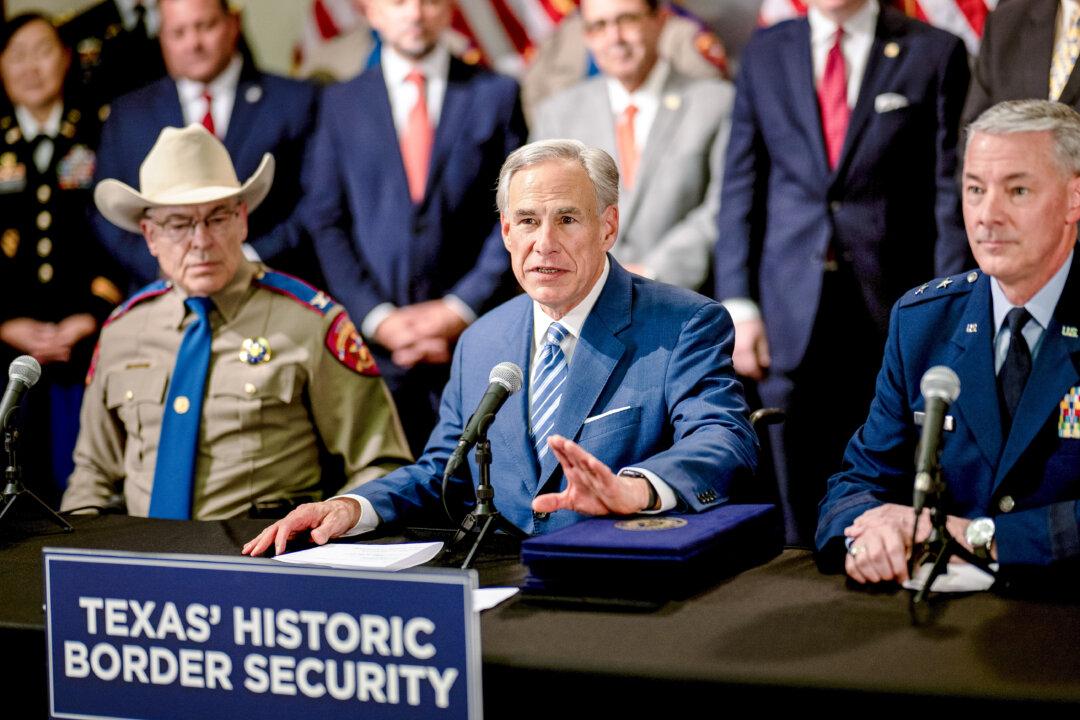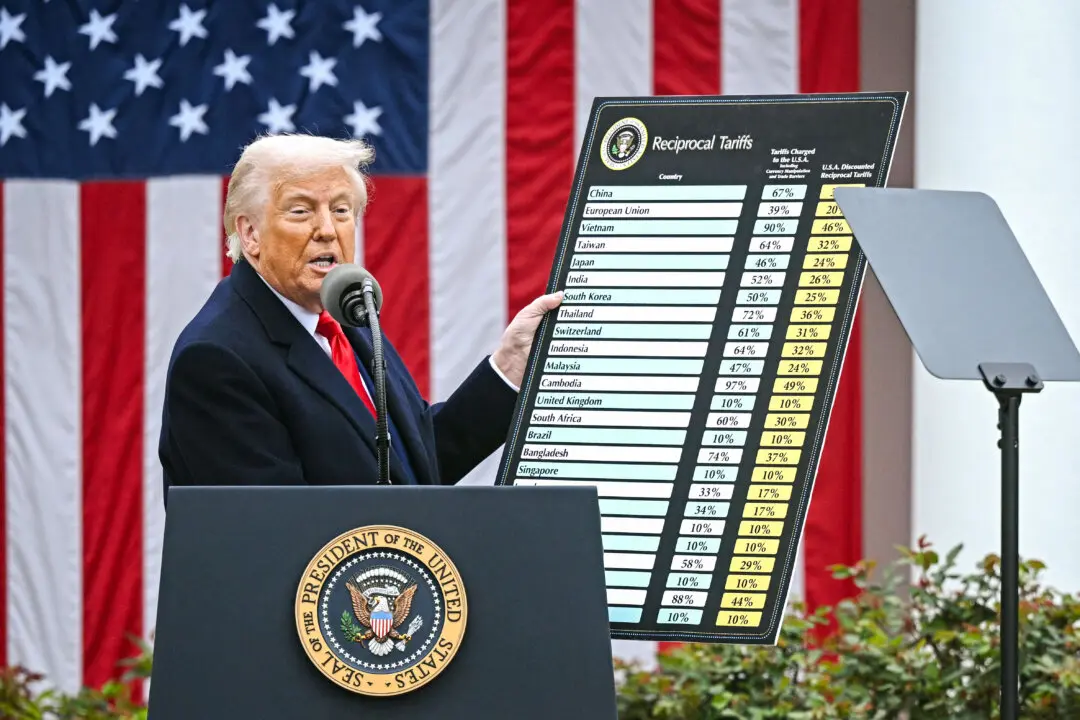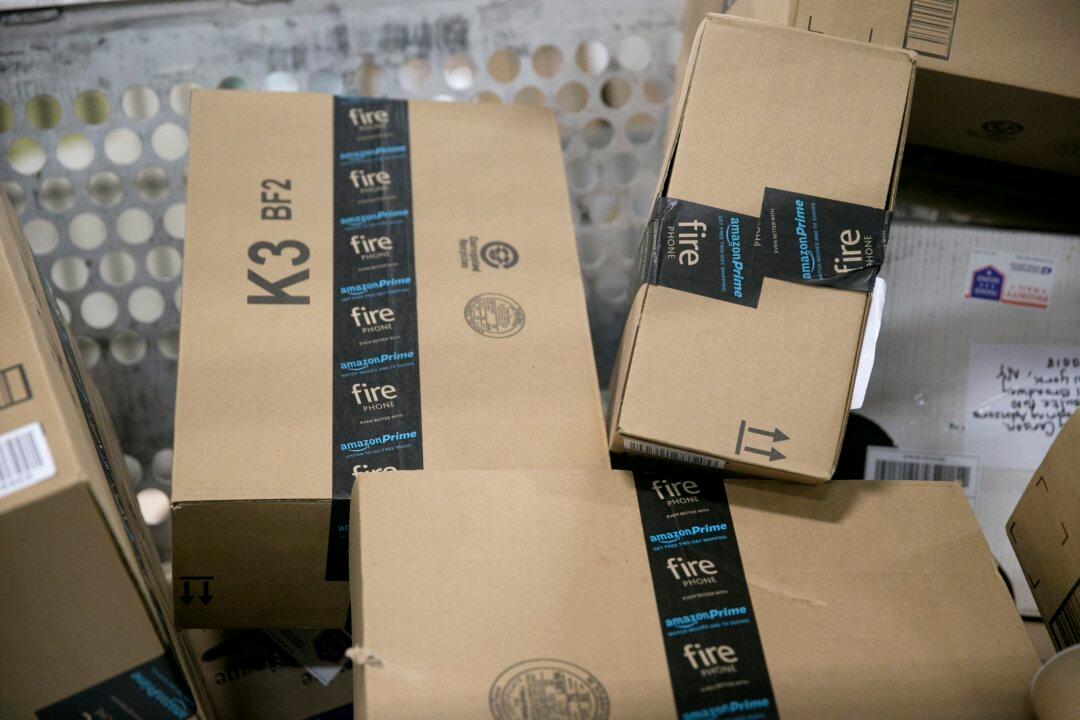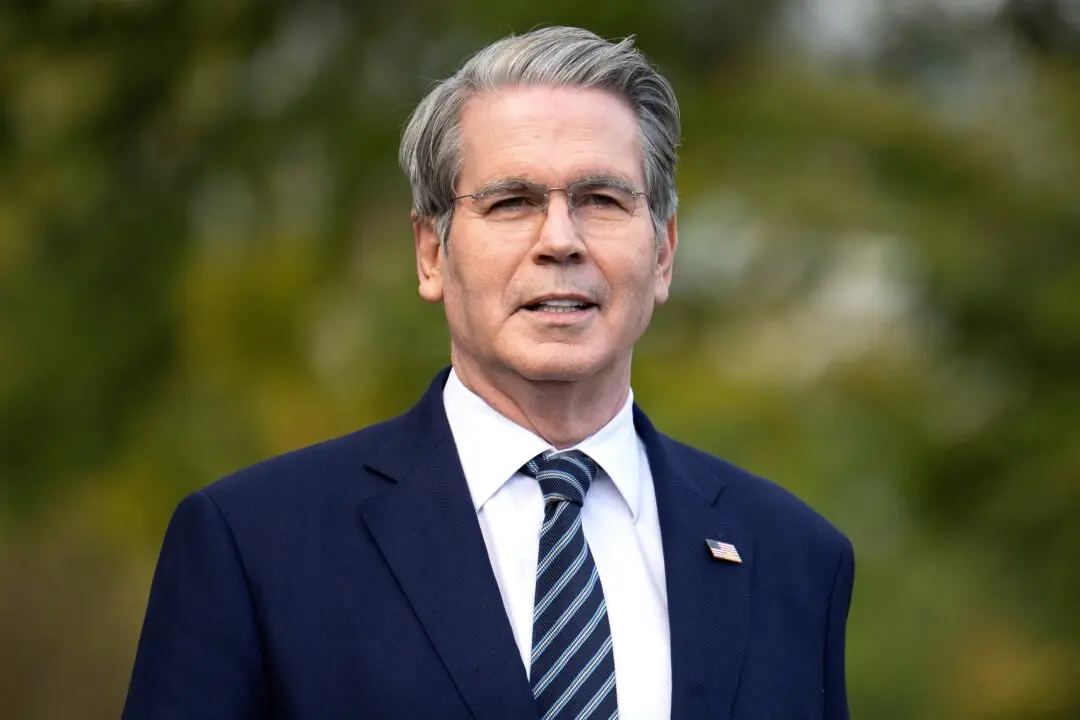Texas Gov. Greg Abbott on Thursday said he will add more razor wire at the U.S.-Mexico border to prevent more illegal immigrants from entering the United States, coming after the U.S. Supreme Court sided with the Biden administration and allowed federal agents to cut the wire.
“We are adding more razor wire as we speak right now to make sure that we are doing even more to secure the border,” the Texas Republican said in an interview Thursday with Bloomberg TV.





